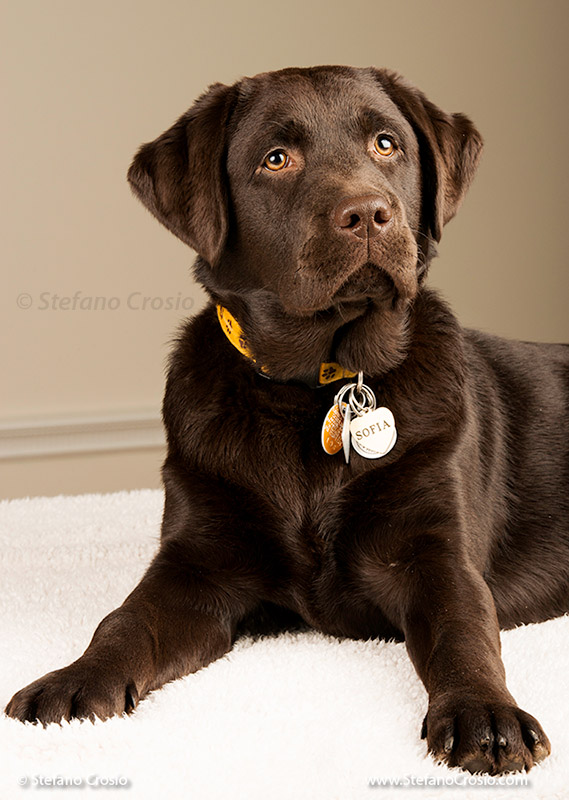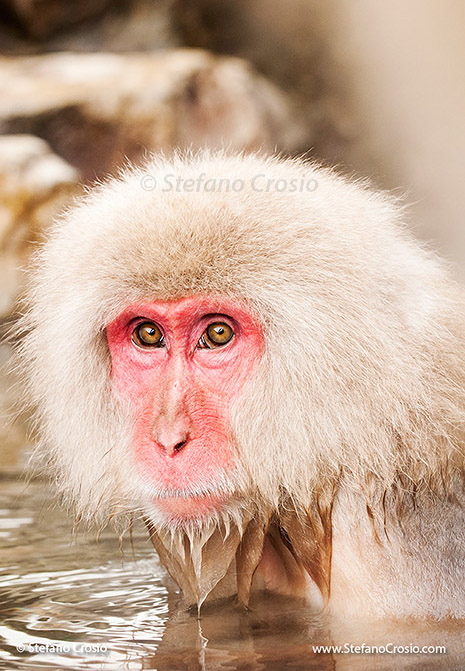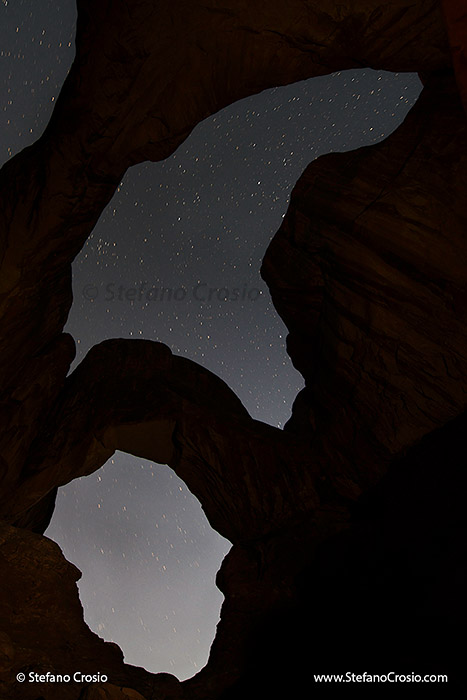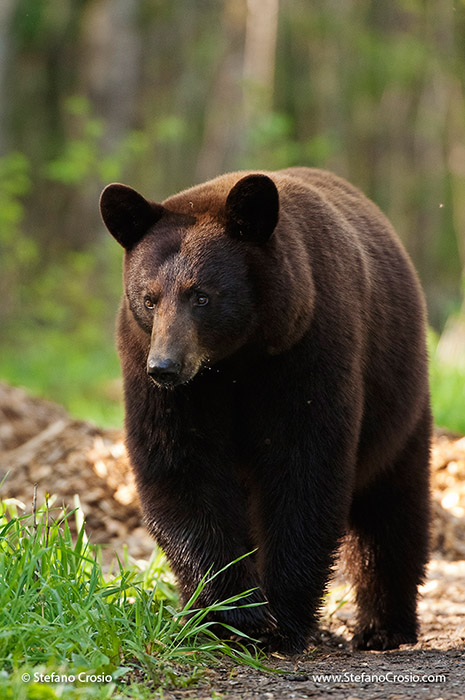
A while ago I posted a close-up shot of an American bison (Bison bison), while today’s image is a full-body portrait of the king of North American land mammals (by size, at least).
The reason I post this image is essentially to say that a new gallery is up on my Website with a selection of my bison shots, so feel free to check it out if you like this animal.
A few facts about the American bison (Bison bison). For starters, it is not called buffalo, it is called bison. As mentioned, weighing about 900 to 2,200 lb/400 to 1,000 kg, bison is the largest land mammal in North America. These large grazers have poor eyesight, but excellent senses of hearing and smell, which help them defend themselves from predators. Their sharp, curved horns can grow up to 2 ft/60 cm long.
It is estimated that centuries ago between 20 and 30 million bison freely roamed throughout North America, from Alaska all the way down to Mexico. Then, unregulated hunting in the XIX century (aimed also at depriving Native Americans of their primary food source) almost entirely wiped out the species, to the point that just a little over 1,000 bison were left in 1889. Today things have somewhat improved, and we can count about 500,000 bison in North America.
Unfortunately, however, the most part of that number are not pure bison, but animals that have been cross-bred with cattle and are raised as livestock (about 97% of the continental population is managed for private captive commercial propagation). Only about 30,000 “real” bison are in conservation herds and about 11,000 are in wild free-ranging and semi-free-ranging populations. Yellowstone National Park has the largest population of free-roaming plains bison (about 4,000).
As a result, the American bison is classified as Near Threatened by the IUCN Red List of Threatened Species in light of its dependence on an ongoing conservation program, a very limited number of viable populations (five), and the small size of the populations.
Sources: Defenders of Wildlife; National Geographic; BBC Nature; IUCN Red List
If you would like to see more images of mine, feel free to browse my Galleries.
As per my copyright notice, please respect my work and do not download, reproduce or use the image above without first seeking my consent. Thank you 
![]()
























